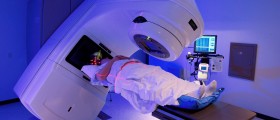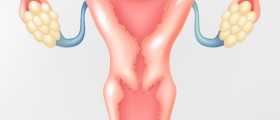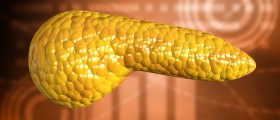
The pancreas is an organ located in the abdominal area of the body. This organ is also a dual-function gland, since it functions as both endocrine and exocrine gland, each one having specific cells.
Pancreatic tumors can, therefore, be either endocrine or exocrine. Many of these tumors are benign. Intraductal papillary mucinous neoplasm is known to be a pre-malignant change and should be treated promptly and aggressively. Besides tumors that originate from the pancreas, there might be tumors which are from other organs, have spread to the pancreas and caused malignant growths there.
Types of Pancreatic Tumors
According to the type of pancreas cells which changed, there are endocrine cell and exocrine cell tumors of the pancreas.
Endocrine tumors are uncommon and stem from endocrine cells of the organ. Some doctors refer to these tumors as islet cell tumors or neuroendocrine tumors. They might not have any hormonal activity (nonfunctional islet tumors) or produce specific hormones according to which hormonally active islet cell tumors are further divided.
Exocrine pancreas tumors, on the other hand, are usually in a form of malignant changes known as adenocarcinomas. In most cases, these malignancies start in pancreatic ducts and about 95% are diagnosed as adenocarcinomas. However, there are some less common exocrine pancreatic tumors, responsible for some 5% of all diagnosed cases of exocrine pancreatic tumors such as mucionous cyst adenocarcinoma, mucinous non-cystic carcinoma, as well as adenosquamous and intraductal papillary mucinous carcinomas. There can also be benign tumors of exocrine pancreas cells, called cystadenomas.
Pancreatic Cancer Symptoms and Treatment
Early stages of pancreatic tumors usually do not cause any symptoms. Some patients may experience jaundice, but without any other symptoms or pain, which doctors explain by obstruction of the bile duct. These people could see changes in the color of their eyes and skin, because these may turn yellow, as well as change in color of their urine. Many jaundice patients notice dark urine due to this problem. Other symptoms patients may complain about include nausea, weight loss, diabetes and loss of appetite.
As pancreatic cancer advances, patients may suffer from different signs and symptoms, especially from abdominal pressure and pain. Pain is usually located in the upper part of the abdomen and in the back and associated with spread of the cancer. Patients often report that pain gets worse after lying down or even after eating. Islet cell cancer is known to cause excess production of insulin or some other hormones, provoking diarrhea, chills, muscle spasms, weakness and dizziness.
Pancreatic cancer is considered to be very hard to treat, because of its resistance to conventional chemotherapy and aggressive spread. Palliative care, surgery and radiation are common treatments, as well as management of associated symptoms. Surgical treatment is necessary in almost 20% of all diagnosed pancreatic cancers.

















Your thoughts on this
Loading...